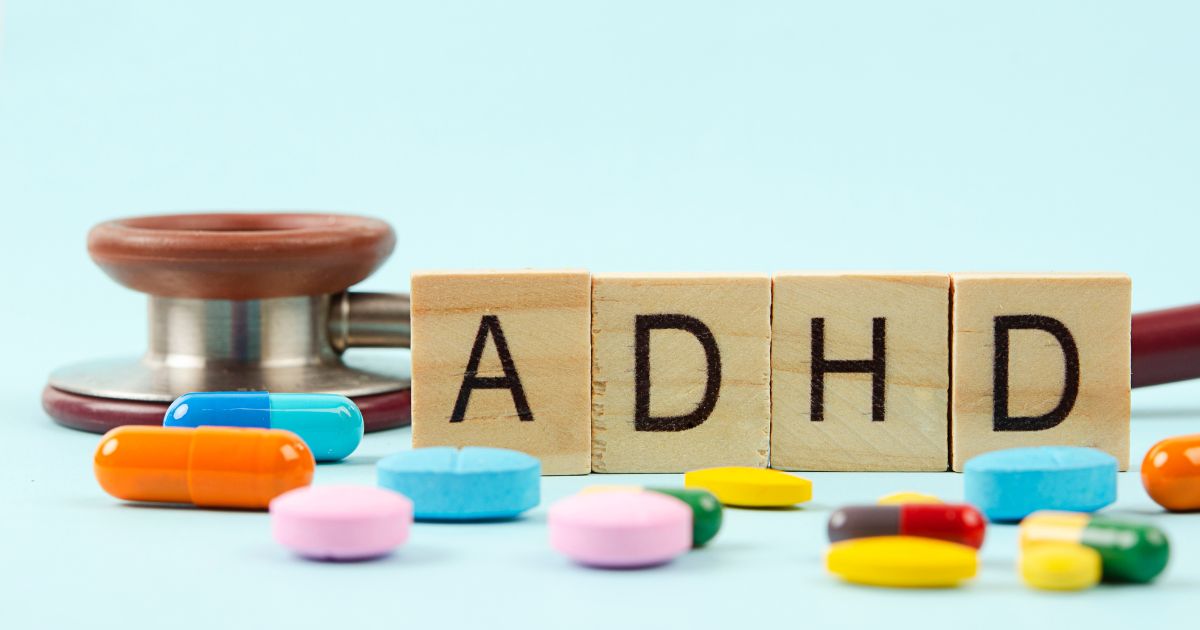
How can stimulants help children with ADHD?
Stimulant medications are the first-line treatment for a 7-year-old child with attention-deficit/hyperactivity disorder (ADHD) because they effectively reduce core symptoms of inattention, hyperactivity, and impulsivity. These medications—primarily methylphenidate and amphetamines—work by increasing synaptic concentrations of dopamine and norepinephrine in the brain, which enhances attention and behavioral control.[1-3] stimulants help children with ADHD
Clinical guidelines from the American Academy of Pediatrics and other major organizations strongly recommend stimulants for elementary school-aged children, citing robust evidence for their efficacy. Effect sizes for stimulants are large (around 1.0), meaning most children experience significant symptom improvement, often within days of starting treatment.[2][4-5] Approximately 70–90% of children respond to one of the stimulant classes if both methylphenidate and amphetamine options are tried.[4-5]
Stimulants are available in short-, intermediate-, and long-acting formulations. Long-acting preparations are preferred for school-aged children to provide coverage throughout the school day and minimize dosing complexity.[3][5] Dosing is not weight-based; instead, it is titrated to achieve optimal symptom control with minimal side effects, which commonly include appetite suppression and insomnia.[3][5-6]
To illustrate the recommended agents and their dosing, the following table summarizes pharmacotherapeutic options for ADHD in children and adolescents:

Table 2. Pharmacotherapeutic Agents for the Treatment of ADHD in Children and Adolescents.
Attention Deficit–Hyperactivity Disorder in Children and Adolescents. N Engl J Med. 26 February 2014. Used under license from The New England Journal of Medicine.
In summary, stimulant medications help children with ADHD by improving attention and reducing hyperactivity and impulsivity, with strong evidence supporting their use and a favorable risk-benefit profile in this age group.
Posner J, Polanczyk GV, Sonuga-Barke E.
Lancet (London, England). 2020;395(10222):450-462. doi:10.1016/S0140-6736(19)33004-1.
Cortese S.
The New England Journal of Medicine. 2020;383(11):1050-1056. doi:10.1056/NEJMra1917069.
Feldman HM, Reiff MI.
The New England Journal of Medicine. 2014;370(9):838-46. doi:10.1056/NEJMcp1307215.
Wolraich ML, Hagan JF, Allan C, et al.
Pediatrics. 2019;144(4):e20192528. doi:10.1542/peds.2019-2528.
Rappley MD.
The New England Journal of Medicine. 2005;352(2):165-73. doi:10.1056/NEJMcp032387.
American Academy of Family Physicians (2020)




